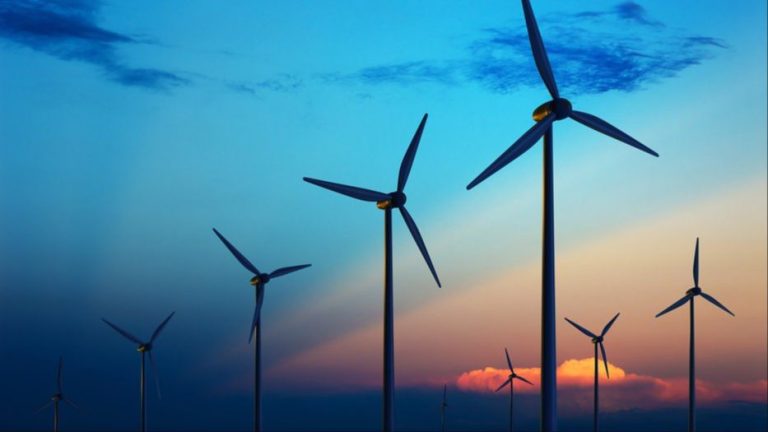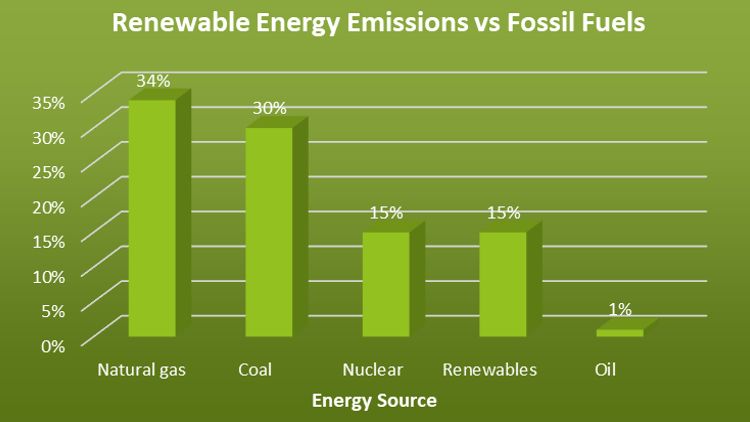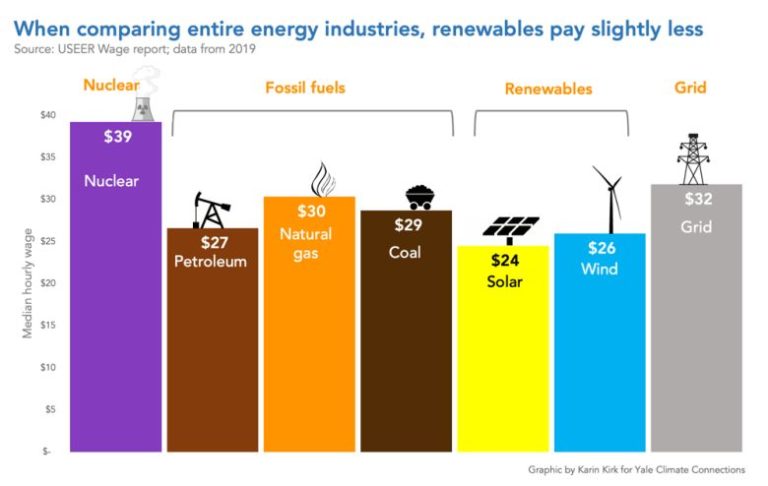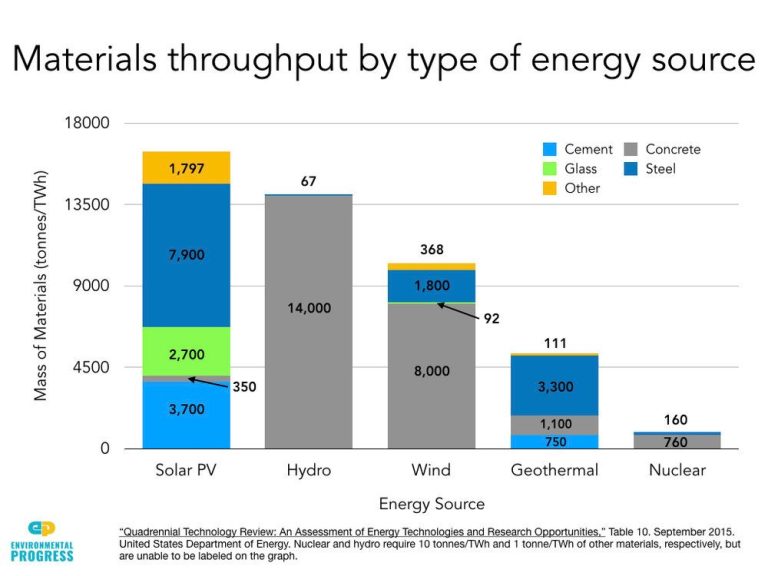Why Natural Gas Is Non-Renewable?
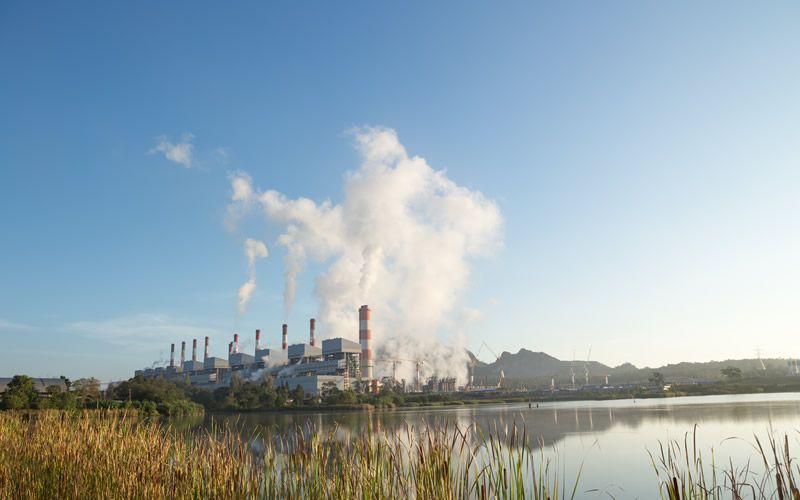
Natural gas is a hydrocarbon gas mixture consisting primarily of methane that is used as a fuel source. Non-renewable resources are those that cannot be replenished if they are used up or depleted, such as fossil fuels. Natural gas falls under this category because it is formed from the remains of plants and animals that lived millions of years ago and were covered over time by mud and sediment. Over millions of years, heat and pressure turned the organic matter into natural gas and oil. Since this process took place over geological time scales, we cannot realistically reproduce those conditions to create more natural gas within human time frames. Therefore, natural gas is considered a non-renewable resource. Sources of non-renewable energy like natural gas are finite and will eventually dwindle as global reserves get used up over time.
What is Natural Gas?
Natural gas is a fossil fuel that formed deep beneath the earth’s surface millions of years ago from the remains of plants, animals, and microorganisms. It is a non-renewable energy source because it cannot be replenished quickly like renewable energy sources such as solar or wind power. Natural gas is considered a “cleaner” fossil fuel compared to other hydrocarbon fuels like oil or coal because it produces fewer emissions when burned (Thermofisher).
Natural gas is composed primarily of methane, which is the simplest hydrocarbon molecule, consisting of one carbon atom and four hydrogen atoms (CH4). It also contains varying amounts of other hydrocarbons like ethane, propane, butane, and pentanes. Natural gas typically has a methane content above 90%, with the remaining composition trace amounts of other gases like nitrogen, carbon dioxide, oxygen, hydrogen sulfide, and water vapor (CED).
Natural gas in its raw form extracted from underground reservoirs is known as “wet” gas. It undergoes processing to remove impurities and separate the methane and other hydrocarbons, resulting in “dry” natural gas that is distributed to end-users. The natural gas that is piped to homes and commercial buildings for heating and cooking is over 95% methane (HPC Fire).
Non-Renewable vs Renewable
Renewable resources are those that can be replenished naturally over time, such as sunlight, wind, water, plants, and geothermal heat. They are continuously available and their supplies are naturally replenished. Renewable energy sources include solar, wind, hydropower, biomass, and geothermal. These sources provide sustainable clean energy because they are not depleted when used.
On the other hand, non-renewable resources exist in fixed amounts and take thousands or even millions of years to form naturally. Once depleted they cannot be replenished in a short period of time. Fossil fuels like oil, natural gas, and coal are examples of non-renewable resources. They are formed from the remains of plants and animals that lived hundreds of millions of years ago and cannot be easily replenished. The supply of these fossil fuels is finite and once used up they are gone forever within the human time scale.
The key differences between renewable and non-renewable resources are:
- Renewable resources can be replenished naturally over time while non-renewable resources cannot.
- Renewable resources are sustainable and unlimited while non-renewable resources exist in fixed amounts and can be depleted.
- Fossil fuels are non-renewable whereas sunlight, wind, and geothermal energy are renewable.
- Non-renewable resources take millions of years to form naturally while renewable resources replenish faster.
Understanding these differences is crucial when making decisions about energy production and consumption.
Natural Gas is Non-Renewable
Natural gas is considered a non-renewable resource because it cannot replenish itself on a human timescale. Natural gas is formed over millions of years from the decomposition of organic materials like plants and animals that are buried underground and subjected to intense heat and pressure (Is Natural gas renewable or nonrenewable). Unlike renewable resources like solar, wind, or hydropower that regenerate within a short period, the process of natural gas formation takes place over a geological timeframe that far exceeds the human lifespan. This makes the available reserves of natural gas finite.
Additionally, natural gas is being depleted much faster than it is being formed. The current rate of natural gas consumption far exceeds the extremely slow pace at which it is created naturally. According to estimates, the worldwide natural gas reserves may be depleted within the next 50-60 years at today’s rate of consumption (Is Natural Gas Renewable or Nonrenewable?). Since the fossil fuel cannot realistically be regenerated within a reasonable time period to meet our energy demands, natural gas is considered a non-renewable source of energy.
Natural Gas Formation
Natural gas is formed through a geological process that takes place over millions of years. It starts with organic matter from plants and animals that is buried underground through sedimentation. Under high pressure and temperature, this organic matter is cooked into hydrocarbons such as oil and natural gas through a process called thermogenic conversion [1].
As more sediment accumulates, the increasing heat and pressure transform the organic material into methane gas. The methane becomes trapped in porous rocks like sandstone and limestone, forming a natural gas reservoir. Over time, the gas migrates upward until it is prevented from rising further by a non-porous layer of rock called a caprock. This traps the gas underground in the reservoir rock, waiting to be extracted via drilling.
Natural gas can also be formed through the bacterial breakdown of organic matter, called biogenic conversion. This typically occurs at shallower depths and lower temperatures than thermogenic conversion. In both cases, natural gas formation takes millions of years of specific geological conditions.
Rate of Consumption
According to the U.S. Energy Information Administration, global consumption of natural gas reached 4,374 billion cubic meters (bcm) in 2021, a 4.6% increase from 2020.[2] As of 2021, the top consumers of natural gas were the United States (955 bcm), Russia (423 bcm), and Iran (263 bcm).[3] Global natural gas consumption is projected to continue rising, with demand expected to increase by 22% between 2021 and 2040.[4] Key drivers of this growth include economic and population expansion, particularly in non-OECD Asian countries like China and India. The power generation and industrial sectors account for most of the projected demand growth as natural gas continues to displace higher-carbon fuels like coal and oil.
Available Reserves
Estimates of global natural gas reserves vary, but most experts agree there is likely enough natural gas to last for at least several more decades at current rates of consumption. According to the U.S. Energy Information Administration (EIA), global proved natural gas reserves reached 7,350 trillion cubic feet at the end of 2020, with about 72% located in the top 10 reserve-holding countries.1 At the 2020 rate of global consumption of 141 trillion cubic feet per year, simple math suggests there is over 50 years of natural gas remaining just from current proved reserves.
However, these reserve estimates refer only to known deposits that are economically feasible to extract with current technology and prices. The EIA estimates the world has over 50,000 trillion cubic feet in total technically recoverable natural gas resources when including undiscovered resources and unconventional sources like shale gas and coalbed methane.2 At current consumption rates, total global gas resources could theoretically last over 300 years. New exploration and extraction technologies could further expand reachable reserves as well.
Nonetheless, natural gas is considered a non-renewable resource because reserves are finite and consumption is outpacing the natural replenishment rate. The lifespan of global reserves depends heavily on the rate of consumption and new discoveries. With natural gas usage rising globally, most projections estimate natural gas reserves lasting around 50-60 more years at current trends before becoming depleted.3
Alternatives
There are both renewable and nonrenewable alternatives to natural gas. Renewable alternatives include solar, wind, geothermal, hydroelectric, and biomass energy. These renewable sources can generate electricity without emitting greenhouse gases. Nonrenewable alternatives include coal, petroleum, and nuclear energy. While these provide energy, they are not considered sustainable long-term options. According to one source, solar and wind energy are becoming more cost competitive with natural gas and provide clean energy alternatives. However, they rely on ideal weather conditions. Geothermal and hydroelectric power also offer renewable alternatives but have geographical limitations. Biomass can provide similar flexibility to natural gas plants but requires sustainably sourced organic matter. Overall, advancing renewable energy technology provides the greatest potential to transition from natural gas.
Environmental Impact
Natural gas is often touted as a cleaner fossil fuel alternative to coal and oil. When burned, natural gas emits 50-60% less carbon dioxide compared to coal and 30% less than oil per unit of energy (Energy5.com, 2022). This makes it an appealing option for reducing greenhouse gas emissions and mitigating climate change impacts. However, natural gas still produces significant carbon dioxide emissions that contribute to global warming.
One of the main environmental concerns with natural gas is methane leakage. Methane is a potent greenhouse gas, with 25 times more global warming potential than carbon dioxide over a 100 year period (Sustainablereview.com, 2023). During extraction, processing, storage and transportation of natural gas, some methane inevitably leaks or is intentionally vented into the atmosphere. This substantially increases the climate impact of natural gas use. Estimates of total methane emissions from natural gas systems in the U.S. range from 1.5-3.0% of production (Sciencedirect.com, 2007).
Natural gas production, especially hydraulic fracturing or “fracking”, also poses risks of contaminating ground and surface water, inducing earthquakes, and harming local air quality. Careful regulations and best practices are needed to minimize these environmental impacts of tapping new natural gas reserves.
While natural gas emits less CO2 than coal and oil when burned, significant methane leakage throughout the natural gas supply chain reduces its climate advantage. Greenhouse gas emissions remain a major environmental drawback limiting natural gas as a truly clean energy source.
Conclusion
In summary, natural gas is considered a non-renewable resource for several key reasons:
Natural gas is a fossil fuel, formed from the buried organic matter of tiny sea plants and animals that lived millions of years ago. Since it cannot be replenished in a short period of time, it is considered non-renewable.
The current rate of natural gas consumption is much faster than its rate of formation, depleting reserves. Proven reserves of natural gas are estimated to last around 50-60 more years at current rates of consumption before becoming depleted.
While some alternatives like biogas can be renewed more quickly, most alternatives do not provide the same ease of extraction, energy density, and established infrastructure that natural gas does. Significant new investments would be needed to transition from natural gas.
Overall, natural gas takes an immense amount of time to form naturally, we are using it more quickly than it replenishes, and viable renewable alternatives are still limited. These factors demonstrate why natural gas is considered a non-renewable resource.

